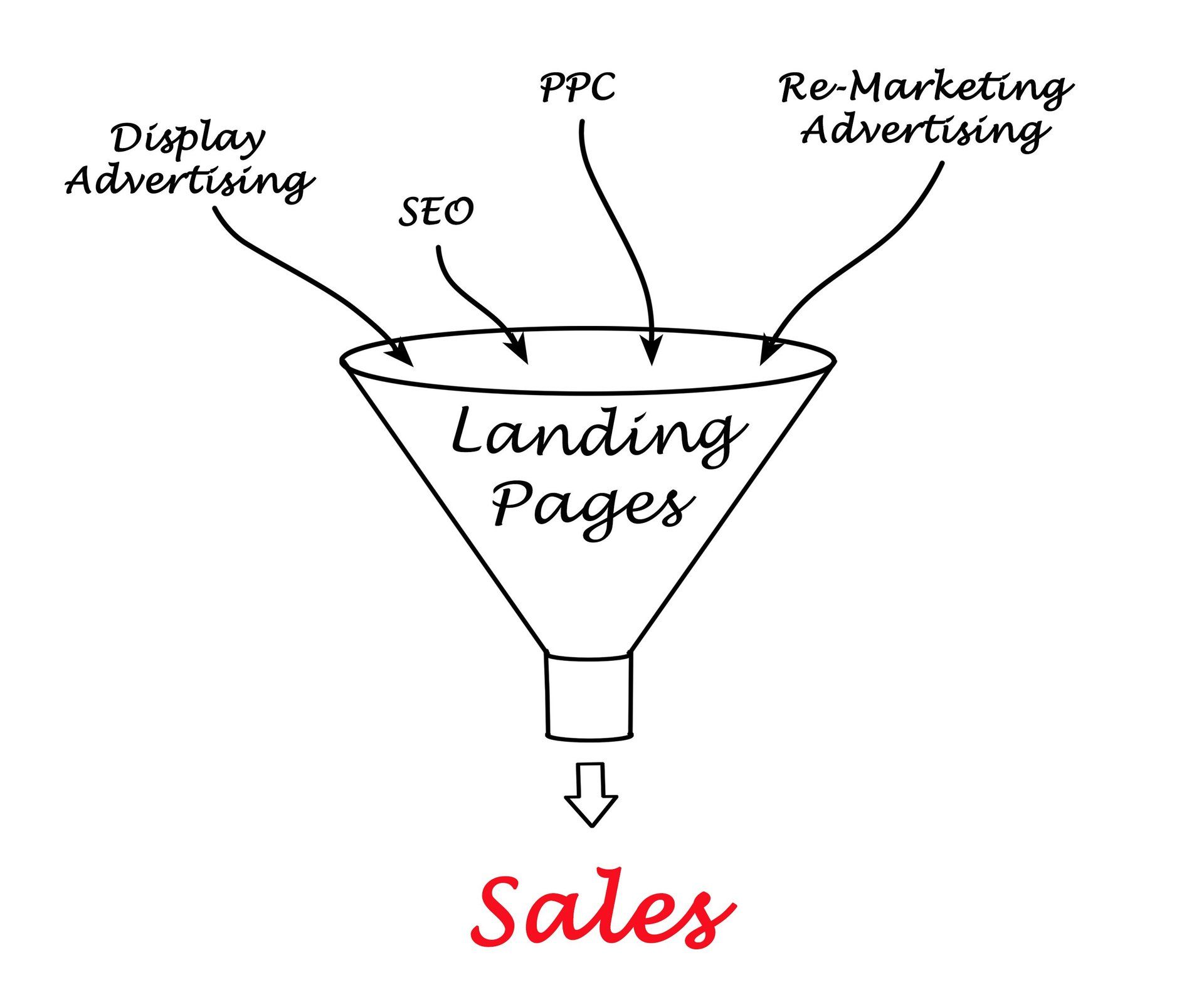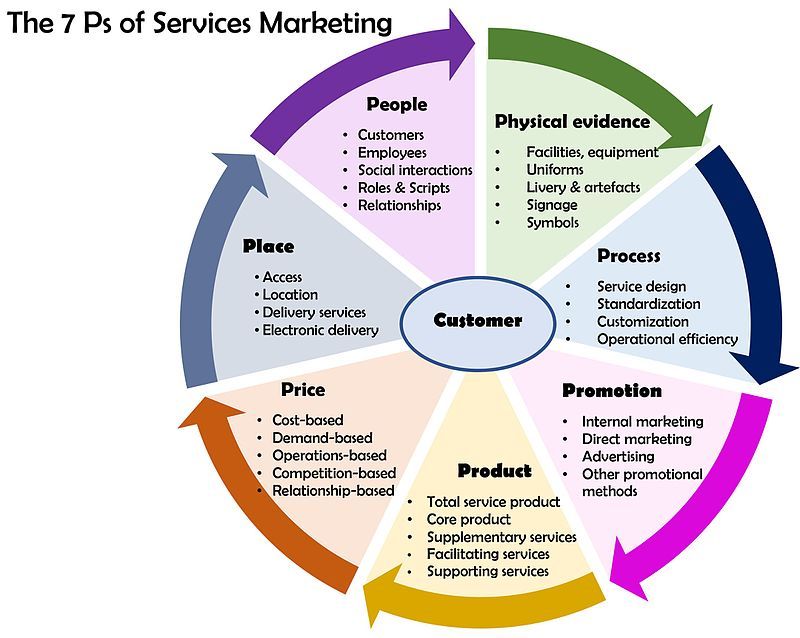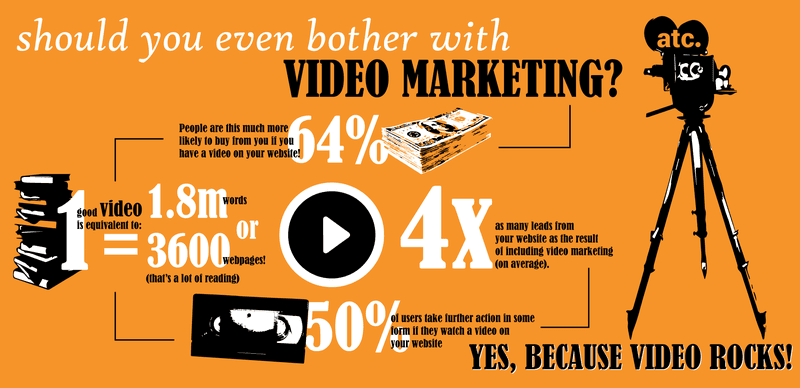Thought Leadership
Marketing Mondays with Marci B.

I used to work for a guy named Tom and he taught me the importance of thought leadership within your industry. We used to have hours-long brainstorming sessions, complete with easels, whiteboards and Sharpies. No matter what I proposed, he always wanted to know, "How does this give us a unique perspective in the industry? What does the competition have to say about this? What problem does this help our customers solve?" He was adamant about being "first to paper," and differentiating ourselves within the industry through thought leadership.
Here are a few ways to share a unique perspective:
- New industry segments
- New uses for current products
- New product developments
Here are some of the most common forms of content to develop thought leadership:
1. Infographics
Infographics, like the name, are a combination of information and graphics. Though they vary in size, they are most often created as PDFs and posted on websites or social media platforms. Vector illustrations, geometric shapes, graphs, statistics and hyperlinks are all popular infographic content. Be sure to connect your content with a customer pain point and offer a call-to-action with contact information.
2. Webinars
You've seen an ad on LinkedIn or Facebook for free information on a topic, and before you knew it you were signed up for a webinar. You shared your name and email, and maybe even your phone number and job title to reserve your space. They give you great information, and at the end of the webinar let you know how their services can help you solve your problem. Shortly after, they contact you via email or telephone to see what you thought of the webinar and schedule and appointment to learn more about you or your business. That's a lead generation process for webinars.
It's that easy for your business to generate quality prospects through webinars. You can create a high-end webinar with professional videography, but plenty of businesses have found success with PowerPoint presentations and narration.
3. White Papers
Much like webinars, white papers attract qualified leads. Instead of focusing on graphics and visuals, white papers focus more on content. These content think pieces are usually a few short pages, and can be formatted in PDF form or even produced as a long-form blog. Utilize proper formatting such as headings, image titles, page titles, and metatags to maximize SEO opportunities.
4. eBooks
eBooks focus heavily on content, but are much longer than white papers. They can vary in size, from small chapbooks to digital versions of full-length models. eBooks provide the most opportunity to share thorough information with prospects and customers. The versatility of eBooks allows authors to use them as a lead generation tool or offer it as a revenue-generating product. You have the flexibility to embed media such as images, video and website hyperlinks. eBooks can be interactive or static. Many authors use eBooks as a launch pad for offering additional products such as online classes, coaching packages, consulting services, hidden bonus content and other marketing materials.
Set yourself apart from the competition and become a thought leader.
For more information on developing athought leadershipcontent strategy, contact Marci B. Marketing & Management at 248-838-9458 or marci@marcibmarketing.com.
Further reading:
https://www.entrepreneur.com/article/250414
https://marketinginsidergroup.com/content-marketing/what-is-thought-leadership-and-when-you-should-u...
http://www.businessnewsdaily.com/9253-thought-leadership.html
https://imagebox.com/industry/thought-leader-become-one/
http://www.cio.com/article/2867406/marketing/how-to-use-ebooks-to-improve-your-content-marketing-str...










